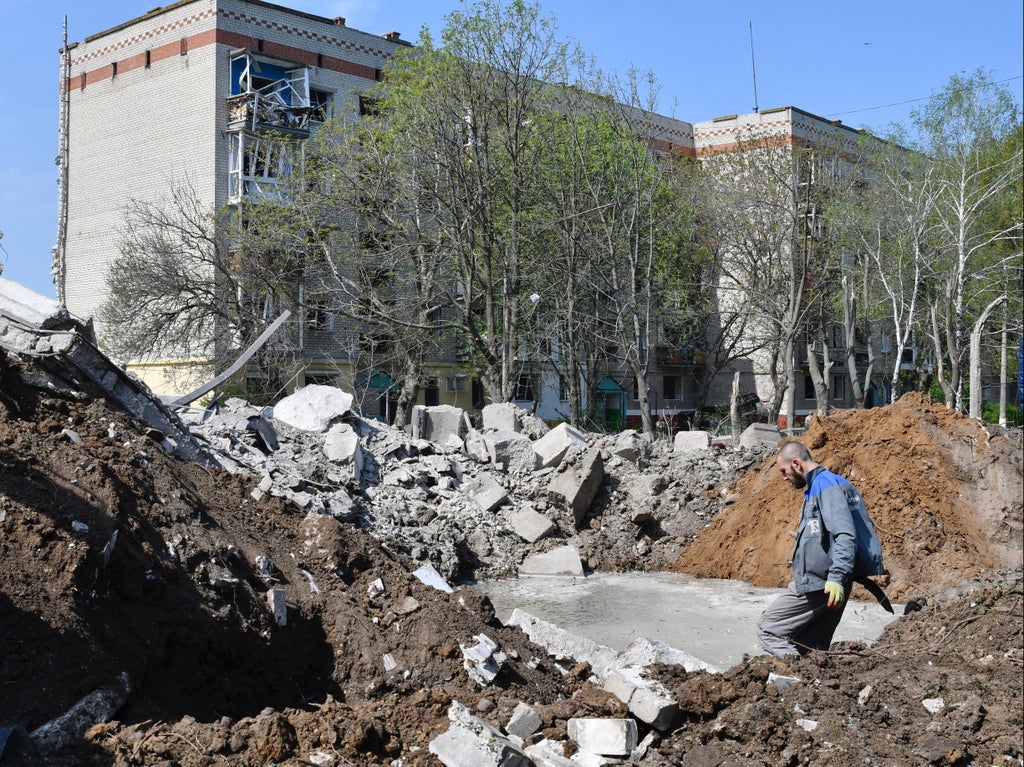
Ukrainian forces have reportedly been able to target and kill a number of Russian military generals with the help of US intelligence since war broke out.
On Wednesday, sources within the Pentagon said detailed information about Russian movements on the battlefield in Ukraine was allowing Kyiv to target and kill Russian military generals.
A senior Pentagon spokesperson, John Kirby, told The New York Times the US was providing “Ukraine with information and intelligence that they can use to defend themselves”, in apparent acknowledgement of the information provided, which he did “speak to the details of”.
Adrienne Watson, a national security council spokesperson, said battlefield intelligence was not provided “with the intent to kill Russian generals”, however.
Not all Ukrainian strikes on Russian generals have been with the help of US intelligence, The Times reported, with Washington DC limited in what information it provides about Russia’s most senior military leaders.
Ukrainian officials told the Wall Street Journal last month that the country’s own military intelligence unit had enabled it to target Russian generals, some of whom were said to have been located because of phone and radio calls intercepted by Kyiv.
So far, US intelligence reports sent to Ukraine were thought to have included the whereabouts of troops and mobile military headquarters, as well as equipment used by Russia in its war.
Ukraine’s military has claimed to have killed 12 generals since war began on 24 February, with general Andrei Simonov becoming the latest to be killed on Saturday in the city of Izyum in the Kharkiv region.
Russia has disputed the number of its military generals killed in the war, as well as other losses on the battlefield.
US President Joe Biden last week called on Congress to pass a $33bn (£26bn) aid package for Ukraine, including $20bn (£16bn) in military equipment.
An adviser to Ukraine President Volodymyr Zelensky said on Thursday that his country’s forces were unlikely to launch a counter-offensive until more weapons arrive from its allies, which could come by mid-June.
Additional reporting by The Associated Press.







